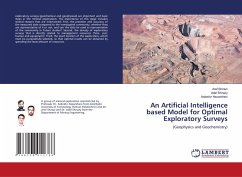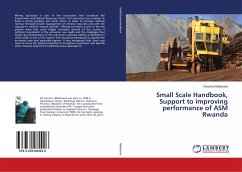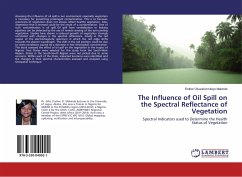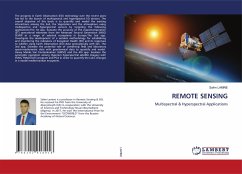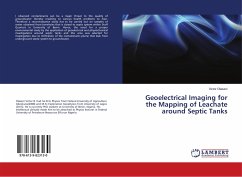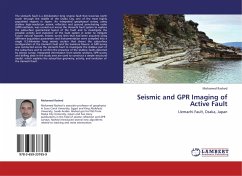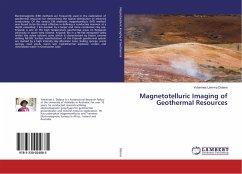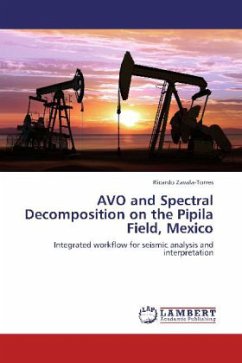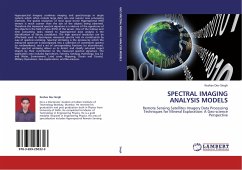
Spectral imaging analysis models
Remote Sensing Satellites Imagery Data Processing Techniques for Mineral Exploration: A Geo-science Perspective
Versandkostenfrei!
Versandfertig in 6-10 Tagen
52,99 €
inkl. MwSt.

PAYBACK Punkte
26 °P sammeln!
Hyperspectral Imagery combines imaging and spectroscopy in single systems which often include large data sets and require new processing methods. The spatial resolution of most space borne Hyperspectral (HSI) sensors is much coarser than the size of the objects being observed. Therefore the measured spectral signature is a mixture of the signatures of the objects in the field of view (FOV) of the sensor. One of the tedious and time consuming tasks related to hyperspectral data analysis is the identification of library candidates. The high spectral resolution can be effectively used to decompos...
Hyperspectral Imagery combines imaging and spectroscopy in single systems which often include large data sets and require new processing methods. The spatial resolution of most space borne Hyperspectral (HSI) sensors is much coarser than the size of the objects being observed. Therefore the measured spectral signature is a mixture of the signatures of the objects in the field of view (FOV) of the sensor. One of the tedious and time consuming tasks related to hyperspectral data analysis is the identification of library candidates. The high spectral resolution can be effectively used to decompose measured spectra into its constituents by way of spectral unmixing. Spectral Unmixing is the process by which the measured spectrum is decomposed into a collection of constituent spectra (or endmembers), and a set of corresponding fractions (or abundances). Thus spectral unmixing allows us to detect and classify sub-pixel target objects by their contribution to the measured spectral signature. The application area includes Agriculture, Forestry, Geology, Hydrology, Sea ice and Water, Environment, Land cover, Mapping, Ocean and Coastal, Military Operations, Geo-explorations, and Bio-sciences.



